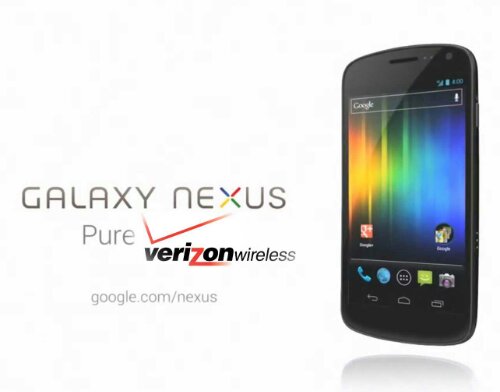
Nexus devices have been billed as “Pure Google” devices ever since the HTC built Nexus One was released January of 2010. The Nexus S [December 16, 2010] and Nexus S 4G [May 8, 2010].
When the Nexus One was originally announced the list of carriers who were originally going to carry the Nexus One included T-Mobile, AT&T, Vodafone, and Verizon. After months of delays Google eventually announced that the Nexus One would not be available from Verizon Wireless.
The follow-up to the Nexus One, the Nexus S (and Nexus S 4G) were available on AT&T, T-Mobile, and finally Sprint.
The Nexus One ushered in the term (as well as actually backing up the claim) “Superphone”. 1 GHz CPU, 512 RAM and ROM, AMOLED (Original screen) and was launched with Android 2.1 Eclair. Being a “Pure Google” device meant that it would be among the first devices to receive future updates to the Android Operating System.
The Nexus S was the first Android device to launch with NFC (Near Field Communication), with a 4″ Super AMOLED screen, 512 MN RAM, and 16 GB of internal storage space (1 GB dedicated to internal storage [ROM] and 15 GB “USB storage”. This was the first device to launch with Android 2.3 Gingerbread. Again this was free from carrier “bloatware” and was sold without any additional carrier overlay (Touchwiz, Sense, Motoblur, etc). This ensuring a faster upgrade path. Shortly after the launch of the Nexus S the Nexus One was updated to Android 2.3.
Google released a tablet version of the Android Operating System 3.0 Honeycomb – which was never open-sourced, but was also free from OEM overlays (at launch). This apparently was done to help speed up updates to the work in progress which was (is) honeycomb.
Fast forward to October 18, 2011 – Google and Samsung announce their second collaboration towards the Nexus line of devices, the Galaxy Nexus. The Galaxy Nexus brings a 4.65″ 1280 x 720 Super AMOLED HD screen, a Texas Instruments 1.2 Ghz dual-core processor, with 1 GB RAM, with either 16 or 32 GB of on board storage, along with a myriad of updates to camera software, video output options, and I’d the first Nexus device to offer 4G LTE connectivity. Seeing as there was only one carrier offering a significant LTE network at the time of the announcement it also signaled the first “Pure Google” Nexus device on the Verizon network. Fans were going nuts – THIS IS WHAT WE HAD ALL BEEN WAITING FOR……OR WAS IT?

